



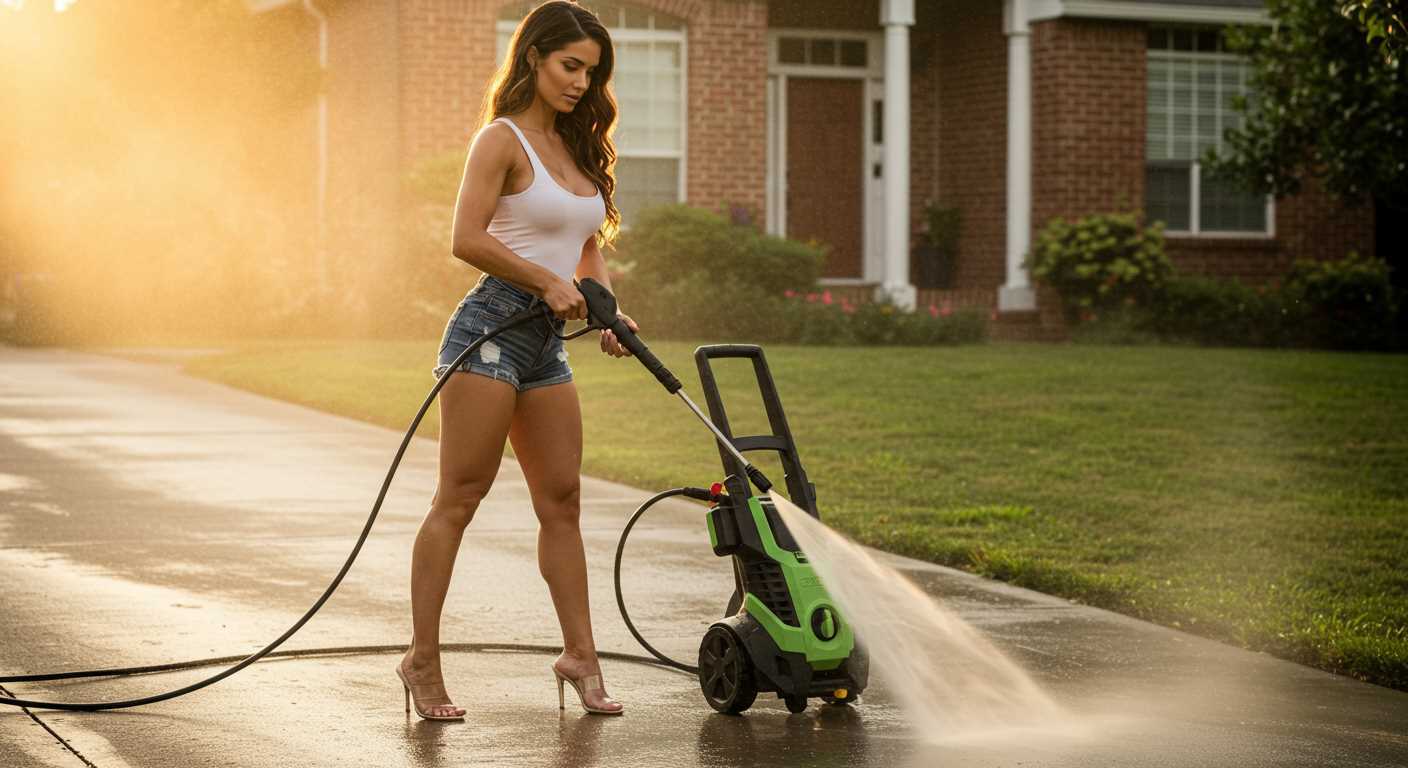
If your machine operates smoothly only in a choked position, the solution lies in addressing fuel and air flow. This condition often points to a fuel system blockage or an air intake issue. A common culprit is a dirty air filter, which restricts airflow and forces the engine to rely on a richer fuel mixture to run. Regularly inspecting and replacing this filter can help maintain optimal performance.
Another frequent reason for this behaviour is a clogged carburettor. Fuel can become contaminated, leading to deposits that obstruct the jets. Cleaning the carburettor can restore the right mix of air and fuel, allowing the engine to function without the choke engaged. I’ve seen machines transform back to life with just a simple clean-up.
On occasion, fuel quality may also contribute to the problem. Stale or low-quality fuel can impede the engine’s ability to run efficiently. Always use fresh, high-quality fuel and consider using a fuel stabiliser if the machine will sit unused for long periods. I’ve learned that these small precautions can save you from larger headaches down the line.
Lastly, check for any vacuum leaks in the intake manifold. A leak can disrupt the proper air-fuel mixture, causing the engine to misbehave. Inspecting connections and gaskets can often reveal hidden issues that are easy to fix. Address these points systematically, and you’ll likely get your equipment back to its intended performance level.
Understanding Choke Functionality in Pressure Washers
To troubleshoot issues with your equipment, start by examining the choke mechanism. The choke regulates air intake during the engine’s start-up phase, enriching the fuel mixture for easier ignition.
Here are key aspects to consider:
- Choke Position: Ensure the choke lever is in the correct position when starting. If it’s stuck partially closed, the engine may struggle to run smoothly after initial start-up.
- Fuel Quality: Old or contaminated fuel can affect engine performance. Regularly replace fuel and consider using fuel stabilisers to prolong its life.
- Air Filter Condition: A clogged air filter restricts airflow, leading to poor combustion. Replace or clean the filter to allow optimal airflow.
- Carburettor Issues: If the carburettor is dirty or malfunctioning, it can disrupt the fuel-air mixture. Cleaning or rebuilding the carburettor may be necessary.
- Fuel System Blockages: Inspect fuel lines and the fuel tank for blockages. Debris can obstruct fuel flow, causing the engine to rely on the choke for operation.
- Temperature Sensitivity: Cold weather can affect the starting process. In such conditions, the choke helps compensate for lower temperatures by enriching the fuel mixture.
In my experience, maintaining the choke and related components is vital. Regular inspections can prevent minor issues from escalating. For instance, I once encountered a unit that refused to operate correctly due to a simple stuck choke lever. A little maintenance can save a lot of frustration.
When addressing these concerns, always refer to the manufacturer’s guidelines for specific recommendations tailored to your model. Keeping your equipment in top shape ensures reliable performance when you need it most.
Common Causes for Pressure Cleaner Running Only on Choke
If your machine operates solely on choke, there are a few frequent issues to check. Start with the fuel system. Old or contaminated fuel can cause poor combustion. I recall a situation where a customer had a similar problem; after replacing the fuel with fresh petrol, the equipment functioned perfectly.
Fuel Filter Blockage is another common culprit. A clogged filter restricts fuel flow, leading to an overly rich mixture that requires choking for operation. I’ve seen this many times; a simple filter replacement resolved the issue.
Carburettor Malfunction can also be at play. If jets are clogged or the float is stuck, the air-fuel mixture won’t be optimal. A thorough cleaning of the carburettor usually does the trick. One time, I spent an afternoon cleaning a carburettor for a client, and it was like bringing the machine back to life.
Air Leaks in the intake manifold can create a similar scenario. An air leak causes an incorrect air-fuel ratio, requiring the choke to compensate. Inspect the gaskets and connections for wear. I once resolved a persistent issue just by tightening a couple of screws.
Ignition Problems may also contribute. A weak spark can cause incomplete combustion, leading to a need for choking. Replacing the spark plug often resolves this. I have advised countless customers to check their ignition systems, and they were often surprised by the difference it made.
Lastly, engine compression issues might be a factor. A loss of compression can lead to performance problems. Testing compression can help identify if this is the case. I remember a particularly stubborn case where the compression was low, and after a rebuild, the machine ran like new.
Addressing these areas can restore your equipment to optimal performance. Regular maintenance is key to preventing such issues in the future.
How Fuel Quality Affects Performance
Using high-grade fuel significantly impacts the efficiency and functionality of your cleaning equipment. I recall a time when I was troubleshooting a unit that was misbehaving. It turned out that the owner had been using a cheaper, lower-quality petrol. Switching to a premium fuel not only enhanced the machine’s output but also improved its longevity. Quality fuel burns cleaner, reducing the buildup of deposits in the carburettor, which prevents clogs and ensures smooth operation.
The Role of Additives
Fuel additives play a crucial role in maintaining optimal performance. Many brands offer formulas designed to clean and protect the engine components. I’ve seen firsthand how a simple additive can restore functionality in equipment that was stalling frequently. Regular use of these products helps mitigate issues caused by dirt and moisture, which are common in inferior fuels.
Impact on Starting and Idling
Subpar fuel often leads to hard starting and rough idling. I had a client who struggled with a unit that would start only after several attempts. After evaluating the fuel quality, I recommended switching to a reputable brand. The difference was immediate–smooth starting and stable idling were restored. Always prioritise quality fuel to avoid unnecessary headaches and ensure your equipment operates at its best.
For those interested in maintaining the cleanliness of other items, you might find this guide on how to clean algae off plastic aquarium plants helpful as well.
Troubleshooting Carburettor Issues in Your Pressure Washer
Identify the source of the problem by examining the carburettor closely. A common issue can stem from dirt or debris clogging the jets. Regular maintenance is key. Remove the carburettor and clean it with a carburettor cleaner to ensure all passages are clear. Pay special attention to the main jet, as blockages here can significantly impact performance.
Check the float and needle valve for proper operation. If the float is stuck or the needle valve is worn, fuel may not be entering the chamber correctly, leading to an inadequate fuel mixture. Adjust or replace these components if necessary. A malfunctioning float can also cause fuel to overflow, resulting in leaking and additional issues.
Examine the gaskets and seals. Over time, they can wear out and lead to air leaks. This can disrupt the fuel-air mixture, causing the engine to struggle. Replacing worn gaskets will restore the proper function of the carburettor. It’s a simple fix that often resolves performance issues.
Fuel mixture plays a significant role in the carburettor’s efficiency. Ensure you’re using the correct fuel-to-oil ratio specified by the manufacturer. Incorrect mixtures can lead to poor combustion and engine performance. If you’ve recently switched fuel types, reverting to the original blend might solve the issue.
Consider the following table summarising key carburettor components and their potential issues:
| Component | Common Issues | Solutions |
|---|---|---|
| Jets | Clogged, restricting fuel flow | Clean with carburettor cleaner |
| Float | Stuck or damaged | Adjust or replace |
| Needle Valve | Worn or malfunctioning | Replace if necessary |
| Gaskets | Worn or leaking air | Replace with new gaskets |
| Fuel Mixture | Incorrect ratio leading to poor combustion | Use manufacturer-recommended mixture |
After addressing these components, reassemble the carburettor and test the engine. If performance has improved, you’ve likely resolved the issue. If problems persist, consider consulting a professional technician for further diagnostics. Their expertise can save time and ensure your machine gets the care it needs.
Importance of Air Filter Maintenance for Optimal Operation
Regularly inspecting and cleaning the air filter is critical for maintaining your high-pressure cleaning equipment. A clogged or dirty air filter restricts airflow, leading to improper fuel combustion and reduced performance. I recall a time when a colleague’s machine struggled to operate effectively; it turned out the air filter was nearly blocked. A simple clean resolved the issue, restoring functionality and efficiency.
Signs of an Obstructed Air Filter
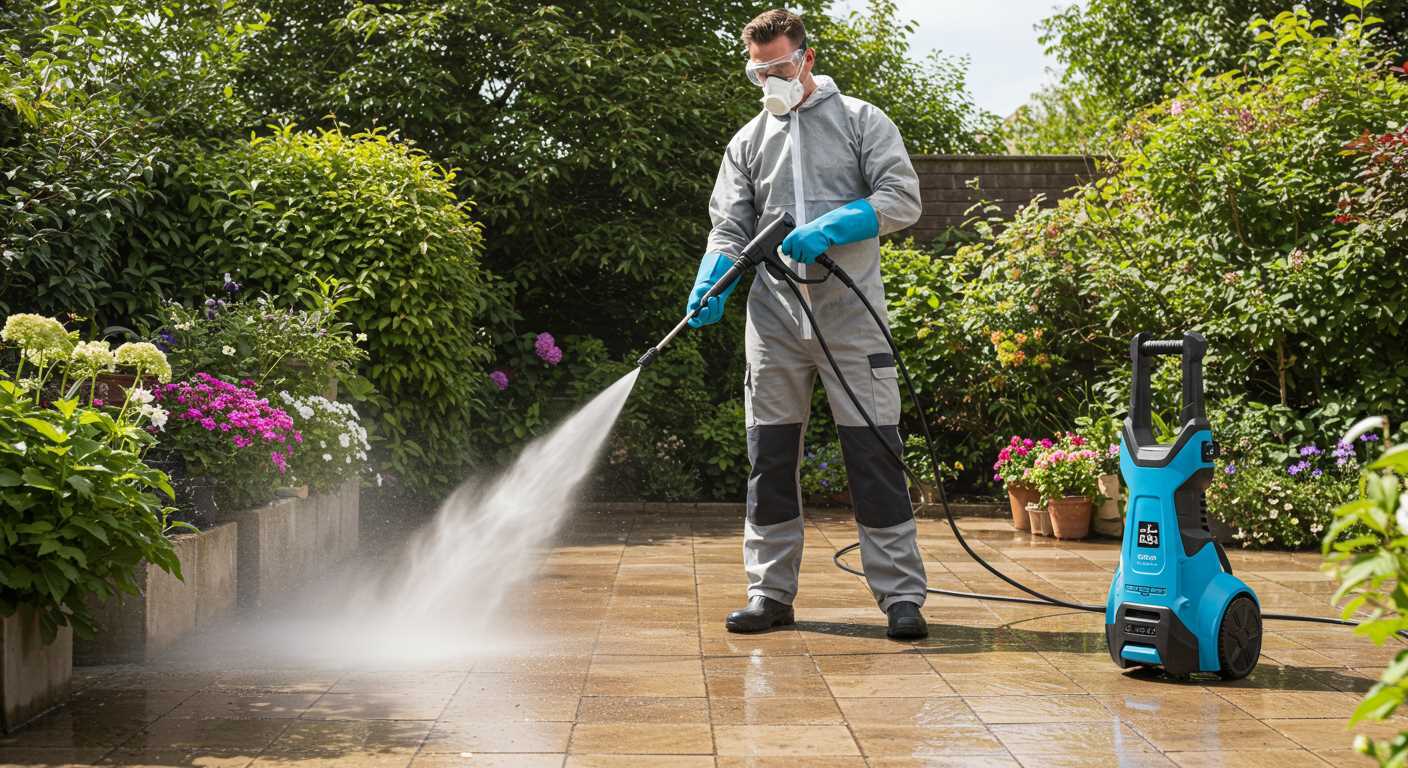
If you notice sluggish performance or difficulty starting, the air filter could be the culprit. Check for dirt accumulation or visible damage. During routine maintenance, I always recommend replacing the filter annually or sooner if working in dusty environments. Doing so ensures optimal airflow, which is crucial for the engine’s operation.
Choosing the Right Filter
Selecting a high-quality air filter tailored to your specific equipment model will improve airflow and enhance performance. I’ve seen how using subpar filters can lead to frequent repairs and reduced lifespan of the machine. Investing in a reliable filter pays off in the long run. If you’re looking for a high-performance unit, consider researching options that provide the best value for your needs, such as finding the best pressure washer for your money.
When to Seek Professional Help for Pressure Washer Problems
If your machine exhibits persistent issues, it might be time to consult a professional. Here are key signs indicating that expert assistance is necessary:
- Consistent Poor Performance: If adjustments to the air and fuel settings or regular maintenance don’t improve functionality, a deeper issue likely resides within the engine or internal components.
- Fuel Leaks: Any visible leakage from the fuel lines or tank should prompt immediate attention. Ignoring this can lead to more severe damage or safety hazards.
- Strange Noises: Unusual sounds, such as knocking or grinding, may suggest mechanical failure or wear. This requires professional evaluation to prevent further damage.
- Excessive Smoke: If you notice smoke emitting from the exhaust or engine, it could signify serious problems that need expert diagnosis.
- Inability to Start: If repeated attempts to start the machine fail, especially after addressing common issues, it’s advisable to consult with a technician.
In my experience, many users underestimate how complex these machines can be. I once assisted a friend who faced continuous starting problems despite changing filters and fuel. After a thorough inspection, it turned out that a critical gasket had failed, causing air leaks. A professional’s assessment revealed the extent of the issue and saved my friend from unnecessary expenses on trial-and-error repairs.
Another instance involved a customer who struggled with erratic engine performance. After several futile attempts at troubleshooting, it became clear that the carburettor was beyond simple fixes. An expert identified the intricate adjustments needed to restore optimal functionality, which the customer could not achieve alone.
Trust your instincts. If a situation feels beyond your expertise, seeking professional guidance is often the most efficient path to restoring your equipment’s performance.
FAQ:
Why does my pressure washer only run on choke?
If your pressure washer only operates when the choke is engaged, it may indicate a problem with the fuel delivery system. The choke restricts airflow to the engine, enriching the fuel mixture. This can help if the carburettor is dirty or if there are blockages preventing proper fuel flow. It’s advisable to clean or replace the air filter, check for fuel blockages, and inspect the carburettor for dirt or varnish buildup.
What could be wrong with my pressure washer if it won’t run without choking?
When a pressure washer only runs with the choke on, it suggests that the engine is struggling to draw in enough fuel or air. This might be due to a clogged fuel filter, a dirty carburettor, or problems with the fuel lines. You should check for any obstructions in the fuel system and clean the carburettor to ensure proper functioning. If these issues are not resolved, consulting a technician may be necessary.
Is it safe to operate my pressure washer only on choke?
Operating a pressure washer solely on choke is not recommended for extended periods. While it may allow the machine to run temporarily, it can lead to excessive fuel consumption and potentially damage the engine over time. It is best to diagnose and fix the underlying issue causing the choke dependency to ensure safe and efficient operation.
How can I clean the carburettor of my pressure washer?
To clean the carburettor, first, ensure the pressure washer is off and cool. Remove the carburettor from the engine, paying attention to any gaskets or seals. Use a carburettor cleaner spray to clean all parts, including jets and passages. Allow it to dry completely before reassembling and reinstalling the carburettor. Always refer to the manufacturer’s manual for specific instructions related to your model.
What maintenance can I perform to prevent choke issues in my pressure washer?
Regular maintenance can help prevent choke-related issues. Start by checking and replacing the air and fuel filters as needed. Use fresh fuel and add a fuel stabiliser to prevent varnish buildup in the carburettor. Regularly clean the carburettor and inspect the fuel lines for cracks or leaks. Additionally, ensure that the engine is serviced according to the manufacturer’s recommendations to keep it in good working order.
Why does my pressure washer only run on choke?
If your pressure washer only operates when the choke is engaged, it may be an indication of a fuel delivery issue. The choke helps to enrich the fuel-air mixture, which can temporarily mask problems such as a clogged fuel filter, dirty carburettor, or issues with the fuel lines. When the choke is closed, it restricts air intake, allowing more fuel to enter the engine. If the engine runs smoothly on choke but stalls when you switch to the open position, it suggests that there isn’t enough fuel reaching the engine or that there is too much air being mixed. You may want to inspect the fuel system for blockages, clean the carburettor, and ensure that the fuel tank has clean, fresh fuel. If the problem persists, consulting a professional technician could help identify and resolve the issue.

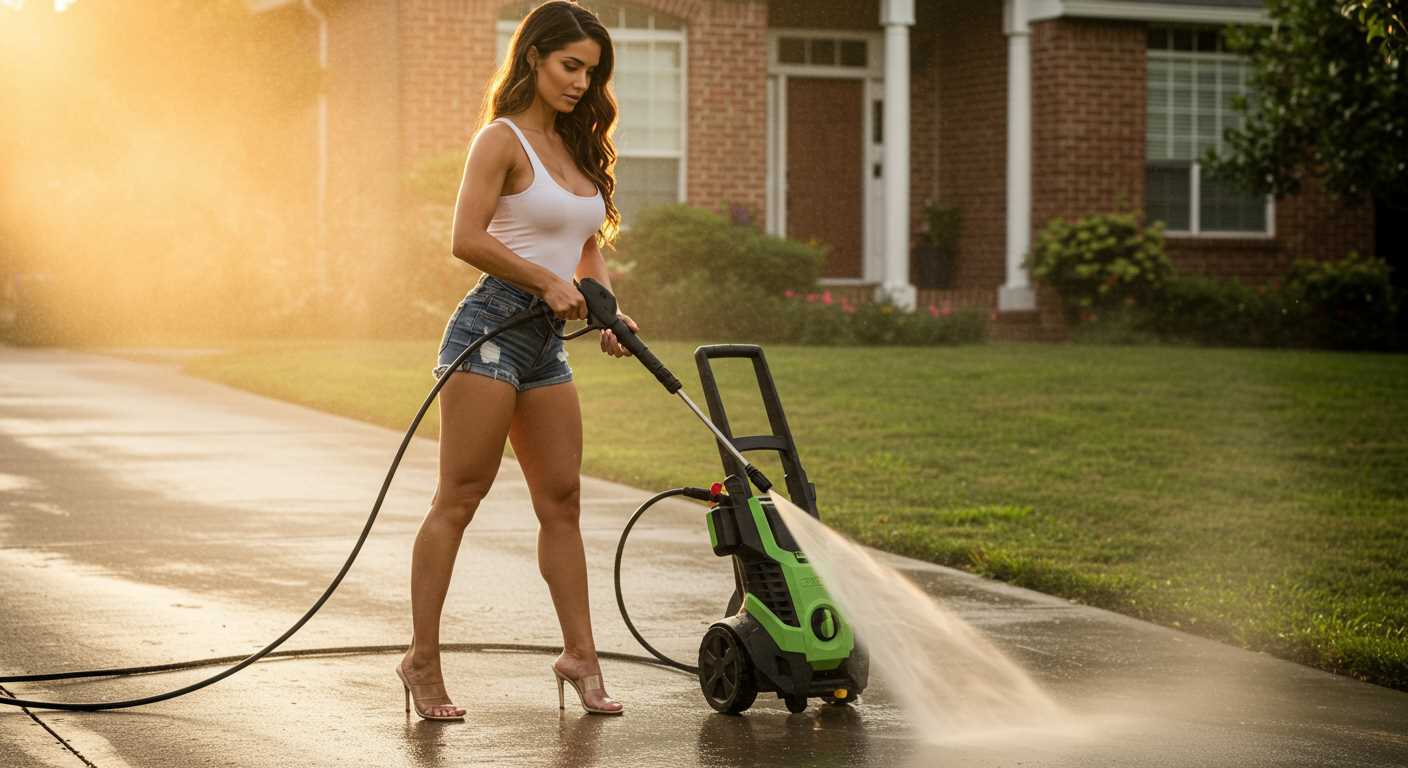
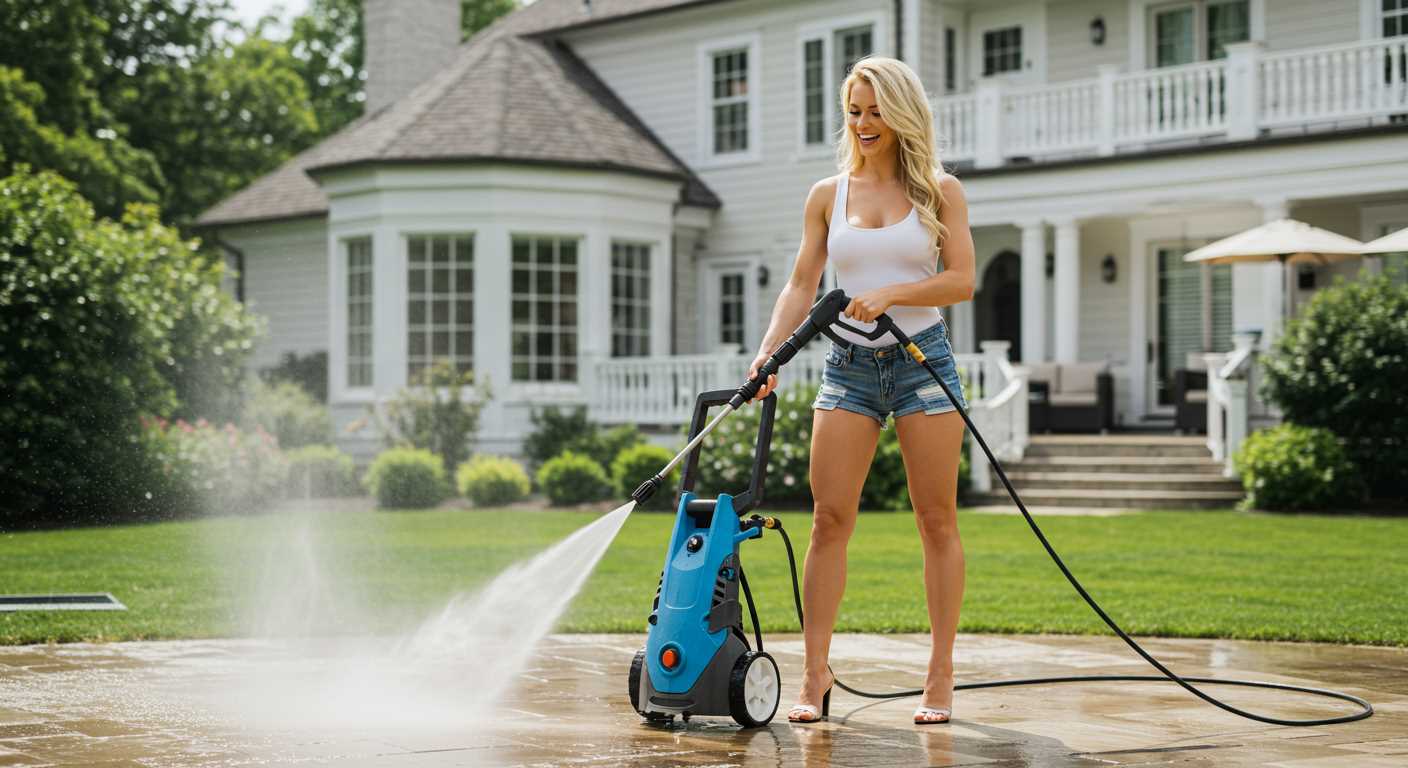
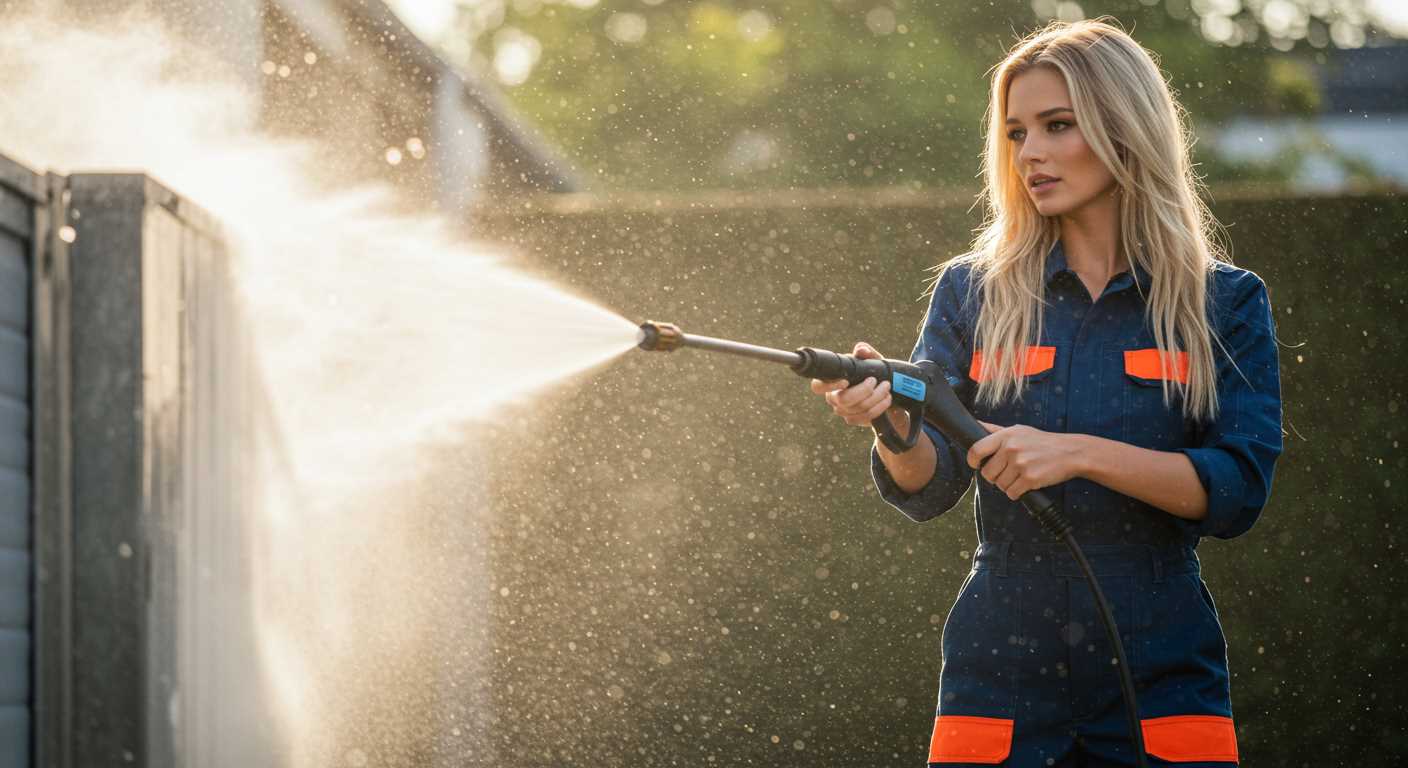
.jpg)


